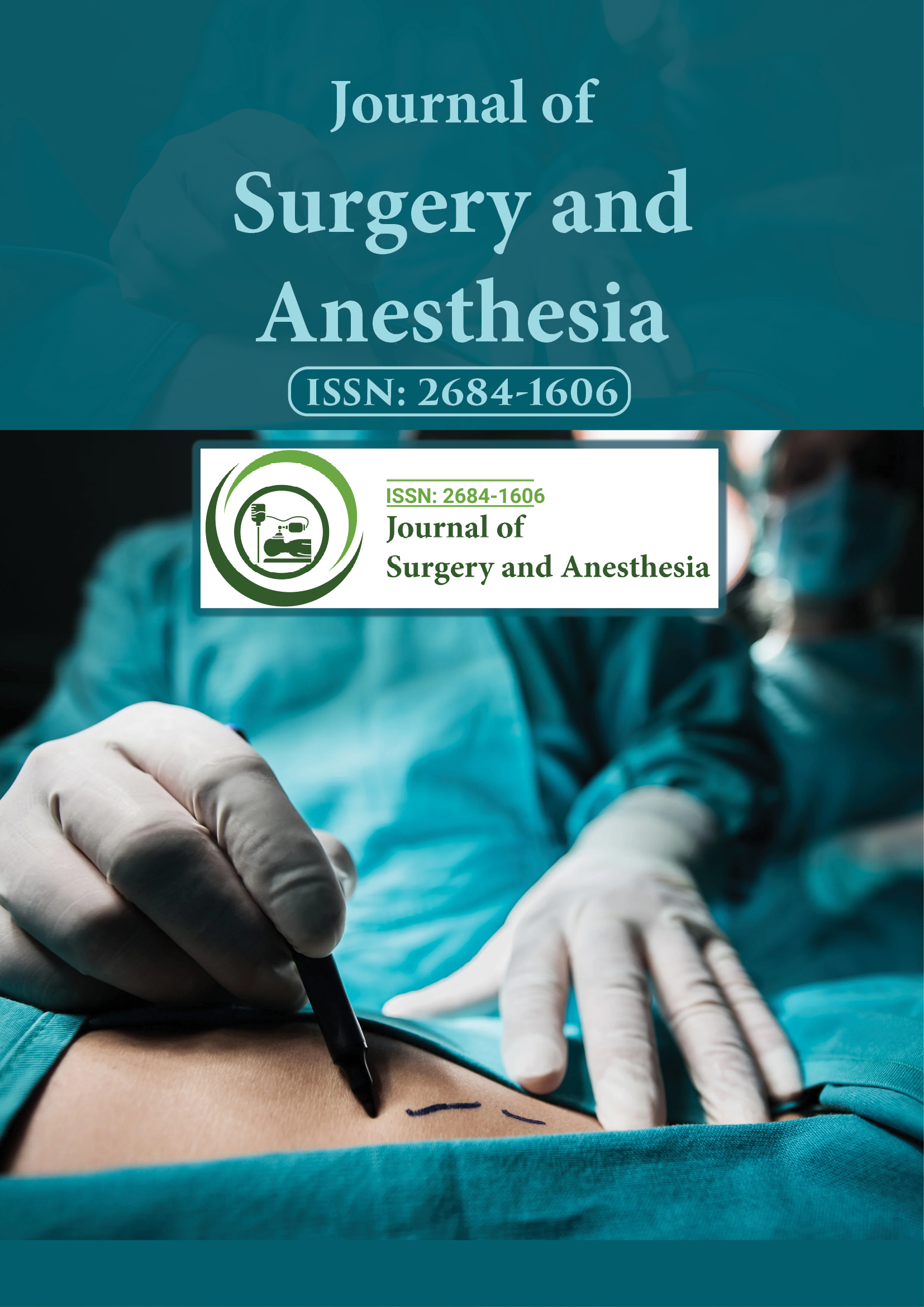Indexed In
- Google Scholar
Useful Links
Share This Page
Journal Flyer

Open Access Journals
- Agri and Aquaculture
- Biochemistry
- Bioinformatics & Systems Biology
- Business & Management
- Chemistry
- Clinical Sciences
- Engineering
- Food & Nutrition
- General Science
- Genetics & Molecular Biology
- Immunology & Microbiology
- Medical Sciences
- Neuroscience & Psychology
- Nursing & Health Care
- Pharmaceutical Sciences
Commentary - (2023) Volume 7, Issue 2
Outcomes after Surgery for Functional Popliteal Artery Entrapment Syndrome
Chandrajit Raut*Received: 15-May-2023, Manuscript No. JSA-23-21840; Editor assigned: 17-May-2023, Pre QC No. JSA-23-21840(PQ); Reviewed: 01-Jun-2023, QC No. JSA-23-21840; Revised: 08-Jun-2023, Manuscript No. JSA-23-21840(R); Published: 15-Jun-2023, DOI: 10.35248/2684-1606.23.7.208
Description
Functional Popliteal Artery Entrapment Syndrome (FPAES) is a rare vascular disorder characterized by compression of the popliteal artery during knee motion. This condition can lead to debilitating symptoms, including pain, numbness, and weakness in the affected leg. Surgical intervention is often necessary to alleviate the compression and restore normal blood flow. In this article, we will explore the outcomes after surgery for FPAES, examining the effectiveness of different surgical approaches and discussing potential complications.
FPAES occurs due to abnormal anatomical structures, such as the popliteal artery passing through the muscles of the lower leg, resulting in compression during repetitive knee motions. The condition is more common in young athletes and is often misdiagnosed initially, as its symptoms can mimic other conditions, such as muscle strains or nerve entrapment. The primary goal of surgery for FPAES is to release the entrapment and restore normal blood flow to the affected limb. Various surgical techniques have been developed, including decompression alone, myotomy, and arterial reconstruction. The choice of procedure depends on the severity of the entrapment, the presence of arterial damage, and individual patient factors. Simple decompression involves releasing the entrapment by dividing the fibrous bands or muscles compressing the popliteal artery.
This technique is often effective in cases with mild to moderate entrapment without significant arterial damage. Studies have shown favorable outcomes, with a high rate of symptom resolution and improved blood flow. Myotomy involves the partial or complete transection of the muscle responsible for compressing the popliteal artery. This approach is preferred in cases where there is a significant muscular component contributing to the entrapment. Although myotomy has shown effecient outcomes, there is a risk of muscle weakness or atrophy postoperatively, which may require rehabilitative measures. In cases where the popliteal artery is severely damaged or occluded, arterial reconstruction is required.
This procedure involves bypassing the affected segment with an autogenous vein graft or synthetic graft. Arterial reconstruction is a more complex surgery, often performed by vascular surgeons, and is associated with longer operative times and a higher risk of complications. However, it can be highly effective in restoring blood flow and improving symptoms. Overall, surgery for FPAES has demonstrated favorable outcomes in terms of symptom relief and restoration of normal blood flow. Studies have reported high success rates, ranging from 75% to 95%, with most patients experiencing significant improvement or complete resolution of symptoms following surgery.
The choice of surgical technique does not significantly affect the success rates, suggesting that appropriate patient selection and thorough preoperative evaluation are crucial factors in achieving positive outcomes. While the majority of patients experience positive results, there are potential complications associated with surgical intervention for FPAES. These can include wound infection, hematoma formation, nerve injury, graft occlusion, and the development of recurrent symptoms. However, the incidence of major complications is relatively low, ranging from 2% to 10%, and most complications can be managed with appropriate medical intervention.
Rehabilitation plays a vital role in optimizing outcomes after surgery for FPAES. A structured program involving physical therapy is typically recommended to help restore muscle strength, flexibility, and functional abilities. Gradual return to sports or physical activities is advised, following a period of postoperative healing and recovery. Functional popliteal artery entrapment syndrome is a challenging condition that requires surgical intervention to alleviate arterial compression and restore normal blood flow.
The choice of surgical technique depends on the severity of the entrapment and arterial damage. Decompression, myotomy, and arterial reconstruction have all shown favorable outcomes, with high success rates and symptom resolution. Although complications can occur, they are relatively rare, and with appropriate patient selection and careful surgical planning, the benefits of surgery for FPAES outweigh the potential risks. Rehabilitation and postoperative care are essential components in achieving optimal outcomes and enabling patients to return to their normal activities with minimal limitations.
Citation: Raut C (2023) Outcomes after Surgery for Functional Popliteal Artery Entrapment Syndrome. J Surg Anesth. 7:208.
Copyright: © 2023 Raut C. This is an open access article distributed under the terms of the Creative Commons Attribution License, which permits unrestricted use, distribution, and reproduction in any medium, provided the original author and source are credited.
